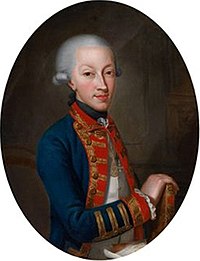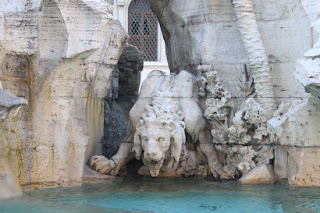The National Residence of the Invalids
This amazing church was built in the XVII century (1671-1676). ·Because of its location and significance, the
·Because of its location and significance, the Invalides served as the scene for
several key events in French history.
Napoleon was buried in the dome of the Invalides with a great ceremony in 1840.
Since 1940,the imperial mausoleum contains too the rests of his son, Napoleon ll.
·Louis XlV of France ordered its construction and it was used like residence for french soldiers and militaries who were ill, retired or without home.
·In October of 1674, some soldiers were installed there for first time.
·The architect was Libéral Bruant and the builder was Jules Hardouin-Mansart.
-It was stormed by Parisian, who later used their cannons against the Bastille.
·Architecture:
Stands out its golden dome.
· Nowadays , we can see there some churchs such us `Saint-Louis-des-Invalides´ or the `Église du Domo´.
And some museums too like : `Musée de l´Armée´, `Musée de L´Ordre de la Libération´, etc.
-Would you like to visit this amazing place? Why?
Atlanta e Hipomenes
Author: Guido Reni
Date: 1625
Museum: Prado´s museum.
The painting is an example of the Baroque period.
Myth:
- Atlanta, whose parents quit her because she was a girl, was found in the hill by a bear, who treated her like one of her soons. She grew as un animal.
She was too clever and agile, so she had lots of suitors but she was consecrated to Artemisa, so she had to stay being virgin.
She said: I will married with the person who can defeat me in a race. If you don´t, I´ll kill you.
She always was faster than her suitors, but Hipomenes was more intelligent than her , so he threw some apples in the way and when Atlanta stopped to catch them, he overtook her.
Finally, they got married.
-What do you think about the myth?























